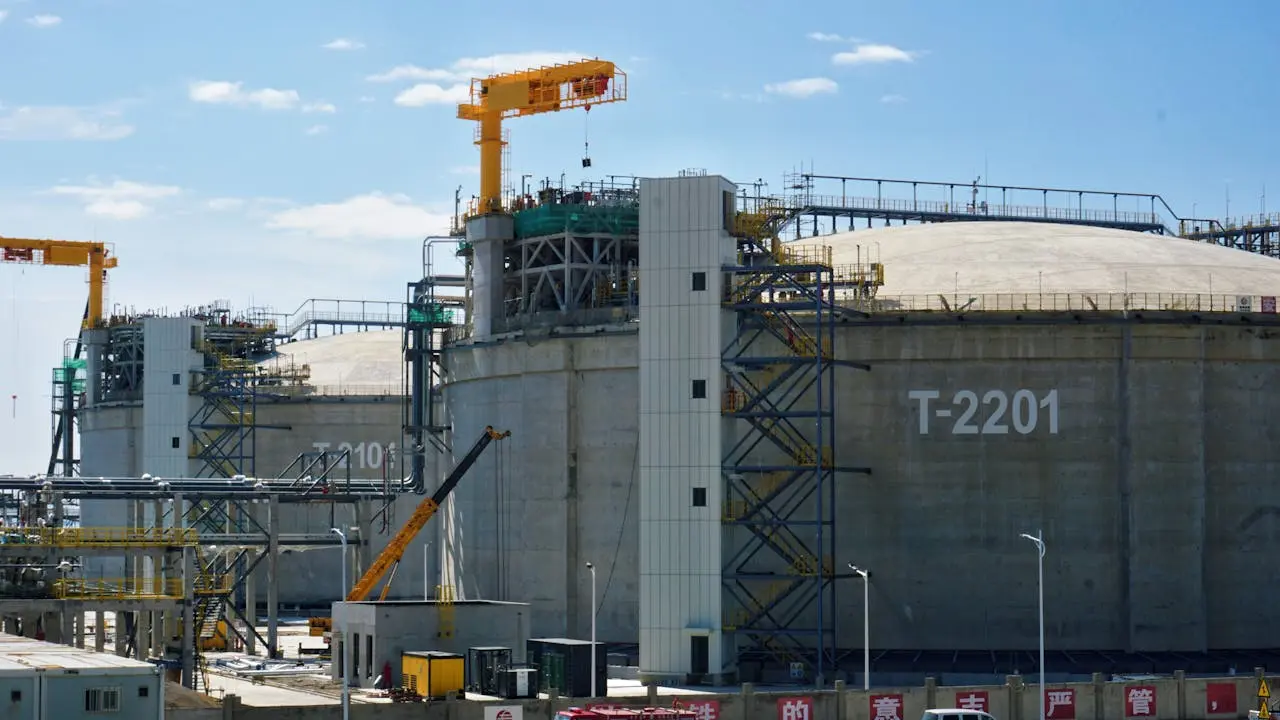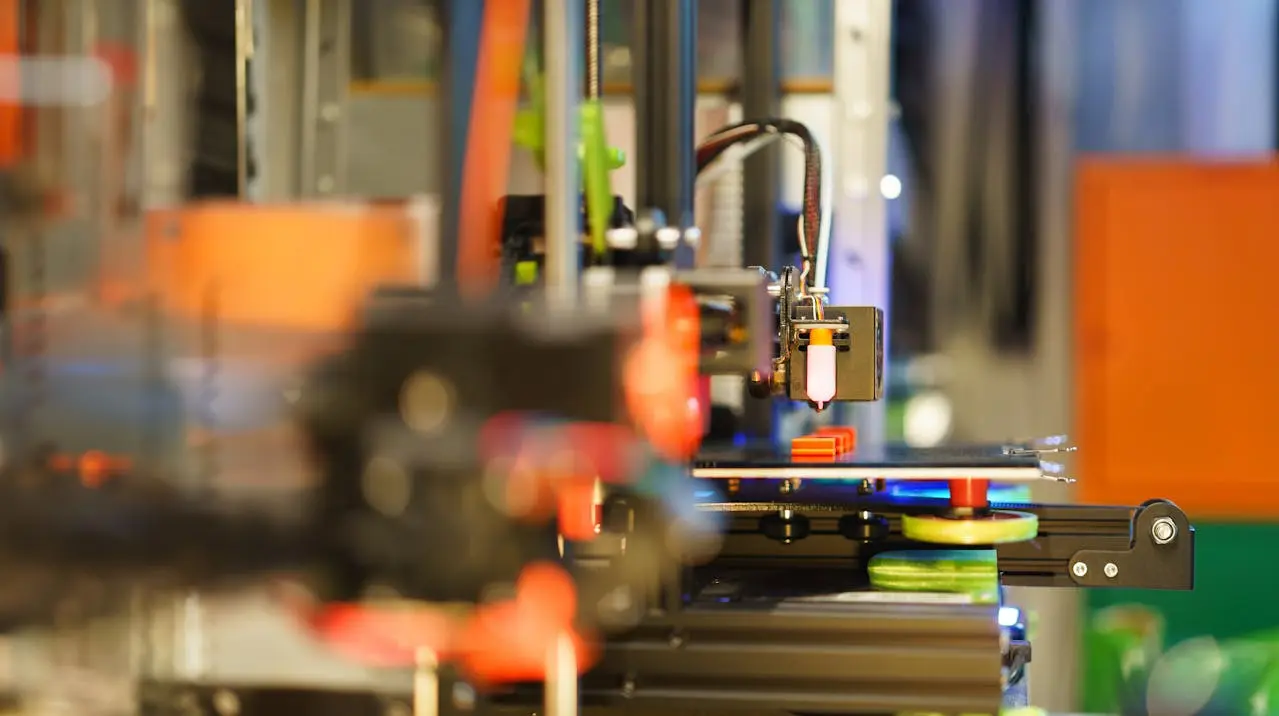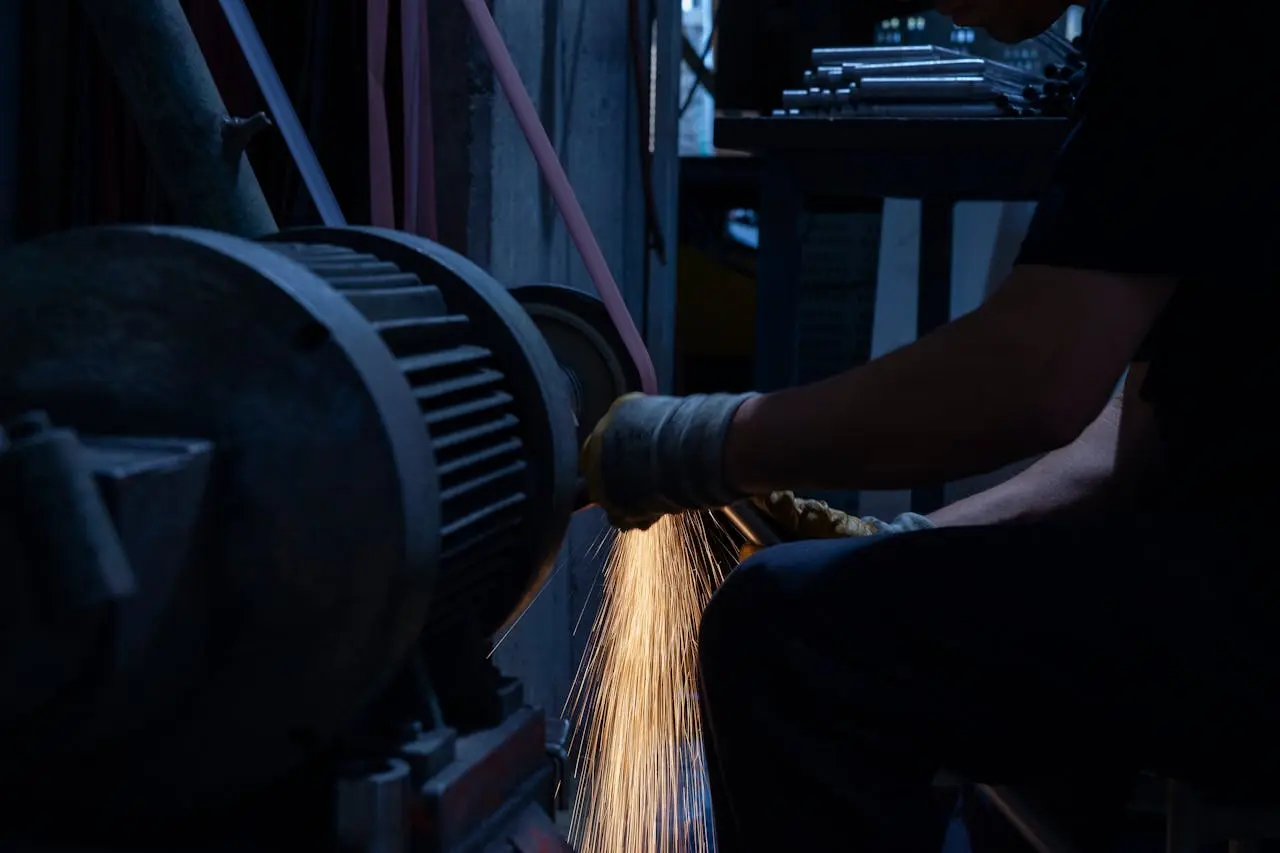
Derby, located in the East Midlands, has built a significant reputation as a key player in the UK’s manufacturing landscape, particularly in the aerospace, rail, and advanced engineering sectors. With a rich industrial heritage dating back to the early 19th century, manufacturing in Derby remains a city closely tied to innovation and manufacturing excellence.
Historical Background and Early Industry
The history of manufacturing in Derby began in the 18th century, with the establishment of the Derby Silk Mill in 1721, one of the earliest factories in England. The city grew into an industrial centre, particularly with the expansion of the railway industry in the 19th century. The opening of the Midland Railway Works in Derby marked the city as a key rail hub, leading to further growth and establishing a legacy of engineering and production expertise.
Aerospace Manufacturing in Derby
Today, manufacturing in Derby is best known for its aerospace industry, largely driven by the presence of Rolls-Royce, one of the world’s leading manufacturers of aircraft engines. Rolls-Royce has been a cornerstone of Derby’s economy since the early 20th century, and the company’s headquarters in Derby is a centre of excellence for advanced engineering, research, and development.
Rolls-Royce’s cutting-edge technologies in jet engines and power systems have made manufacturing in Derby a global leader in aerospace, providing employment to thousands and attracting a skilled workforce to the region.
The aerospace sector in Derby has also seen significant investment in recent years, supporting the transition to greener technologies. The latest manufacturing news is that Rolls-Royce is actively working on sustainable aviation fuels and electric aircraft, aligning with global efforts to reduce carbon emissions and build a more sustainable future for the aviation industry. This focus on green technology positions Derby as a key player in the future of aerospace manufacturing.
Rail Manufacturing and Engineering
When it comes to manufacturing in Derby, its role in the rail industry remains strong, with Alstom’s rail engineering facilities in the city serving as one of the UK’s main train manufacturing sites. Originally founded as part of British Rail, the site has continued to evolve, producing high-quality trains and transport systems. The Derby site is involved in the production and maintenance of trains for both domestic and international markets, contributing to the city’s longstanding reputation as a centre for rail engineering.
Alstom is also engaged in research and development, focusing on environmentally friendly transport solutions, such as hydrogen-powered and battery-operated trains. This investment in green rail technology reflects the city’s commitment to sustainability and the advancement of the rail sector.
Advanced Manufacturing and Innovation
Beyond aerospace and rail, manufacturing in Derby has embraced advanced manufacturing and engineering as critical sectors for future growth. The city has invested in state-of-the-art facilities and innovation hubs, like the iHub at Infinity Park Derby, to support technology-driven companies. These initiatives encourage collaboration between industry, academia, and government to foster innovation and drive new advancements in materials science, automation, and digital manufacturing.
The University of Derby also plays an integral role in supporting local industries, offering programs in engineering and advanced manufacturing, as well as collaborating with companies to conduct research and development. The University’s Institute for Innovation in Sustainable Engineering (IISE) is focused on addressing global challenges in manufacturing and sustainability, further cementing Derby’s reputation as a leader in modern manufacturing.
Challenges and Future Prospects
Derby faces some challenges in maintaining its competitive edge in the global manufacturing landscape. Economic pressures, the need for sustainable practices, and the ongoing transition to digital and green technologies require continuous investment and adaptation. However, Derby’s established industrial base, coupled with its commitment to innovation, positions the city for future success.
The aerospace sector’s shift towards sustainability, including Rolls-Royce’s efforts in electric and hydrogen technology, is an example of how Derby is adapting to meet environmental standards. Similarly, the development of sustainable transportation options within the rail industry highlights the city’s readiness to lead in eco-friendly manufacturing solutions.
Conclusion
Derby’s manufacturing sector has grown from its historical roots to become a leader in advanced engineering, aerospace, and rail technology. The city’s focus on innovation, sustainability, and collaboration with educational institutions supports a skilled workforce and maintains
Derby’s position as a key manufacturing hub in the UK. As manufacturing in Derby continues to innovate and embrace green technologies, it is well-positioned to drive economic growth and remain a prominent player in the future of UK manufacturing.









